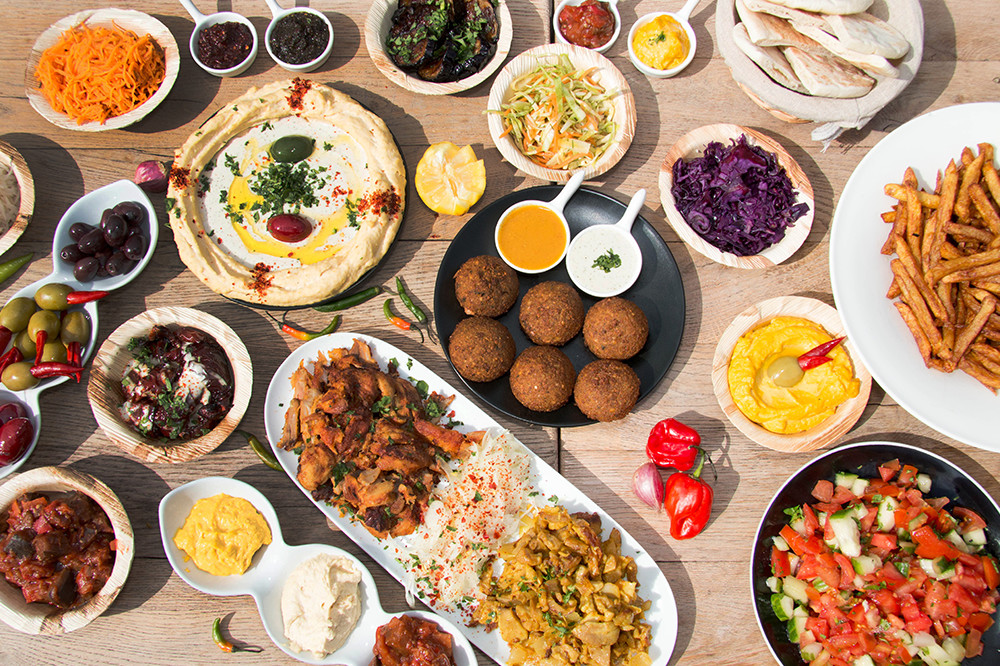They’ve become a regular part of the indulgence of dining out, and loved equally for their shareability and finger food fun factor. Suffice it to say, consumer interest in appetizers isn’t going away any time soon.
In all likelihood, you already know about the power of the appetizer menu to increase ticket amount and profits. But taking a look at current trends and best practices can help you harness all of the opportunity these delectable dishes offer — and turn a little pre-dinner snack into big business for your brand.
So, what’s hot?
According to menu trends data compiled earlier this year by DataSsentials, 97% of all casual and fine dining restaurants offer appetizers (not including salad or soup), with an average number of 18–19 appetizer items per menu. So what are the two most popular appetizer categories in 2015?
Tailgate favorites, such as:
- chicken wings
- nachos
- chips and salsa
- mozzarella sticks
- onion rings
- artichoke dip
and small, sharable plates, including:
- Sliders
- Tacos
- Flatbreads
- Mac and cheese (or other fried) bites
- Hot pretzels
Other up-and-coming appetizer trends of note in 2015? The charcuterie board, where cheeses of the world meet sliced sausages and high-end cured meats. Comfort food dishes that incorporate usually hot and “ethnic” spices like harissa, sriracha, habanero, and curry. And unique pickling, which capitalizes on the current push toward greater “authenticity” in restaurant fare. Depending on your market, clientele, and overall brand, having a mix of these evergreen and forward-thinking offerings can open up a lot of opportunity for increased sales.
Sell, sell, sell.
Odds are your guests are already hungry by the time they sit down at the table. They’ve planned their day around spending a big meal with you — or have let cravings spontaneously drive them into your restaurant. Either way, your server has an opportunity to upsell your appetizer menu and increase ticket size almost immediately.
A well-placed suggestion about a favorite shareable plate (or two), especially to groups of three or more, can get a meal off to a great start and let your kitchen pace its delivery of the entrees, which often involve more complicated preparation. And the idea that appetizers are shareable gives your sales pitch a psychological edge. No one has to feel like they’re overindulging alone — adding another social layer onto the dining experience — and everyone can think they’re just having “a little something” extra.
This psychology can be even more profound with limited time offerings on your appetizer menu. Do you have a dish you want to try out or think could perform better than some of your regular items? Even if you intend the appetizer to be a permanent addition to your menu, advertising something new as a limited time offer gives diners a time limit for trying it. It may spur them to act immediately so as not to feel like they’re missing out — even if they didn’t intend on ordering an appetizer in the first place. It’s a great way to drum up interest for a new offering, but it’s also a way to make appetizers a regular part of the dining experience for more of your customers.

But is it profitable?
Although it’s been debated many times, the word is still out on whether appetizers are more profitable than entrees. However, we do know that guacamole certainly is. At 50 cents to $1 per avocado and including other relatively inexpensive add-ons (e.g., salsa and tortilla chips), ingredient costs for this dish could not be more beneficial to your bottom line.
Despite how little it costs to make, a bowl of guacamole can be priced anywhere between $8 and $14 in most markets — and you have the option to offer tableside mixing, which not only adds a personal touch, but a built-in upcharge, as well. But not every high demand appetizer has such a strong profit margin. With chicken wing costs at an all-time high, there’s some question as to how positive an addition to your menu they could be, depending on demand with your customers.
Ultimately, you control your costs on appetizers like you would with any other dish, but because of the shared style of most appetizers, there’s a lot more room for creative plating. Is your southwestern egg roll appetizer three or four pieces? Which quantity makes for a more attractive, round price point? What will satisfy your average party size with single or multiple orders? If you know customers will feel more comfortable with three for $3.99, instead of four for $4.99, the former might be a better option for your menu.
But the best thing you can do to minimize cost, and therefore maximize profit, is design your appetizer offerings with different combinations of items that you already purchase for entrees. All you have to do to accommodate the demand on your new dish is simply purchase more — an option that is almost always less expensive and easier to manage than preparations with ingredients that fall outside your normal order. Or adventurous chefs can go far out and consider a stem-to-root or nose-to-tail preparation, making use of parts of your ingredients you’d normally be throwing away. It could be as simple as a rib tip appetizer plate or as upscale as a headcheese sampler or beet leaf salad. The possibilities are limitless.
Want to explore other ways to increase check size right out of the gate? Check out our look at the current mocktail trend and how it can be lucrative for your restaurant:






